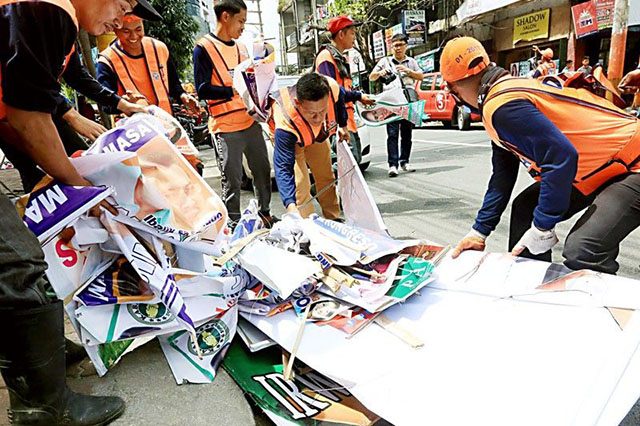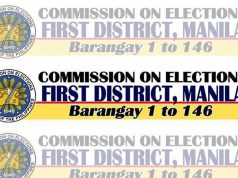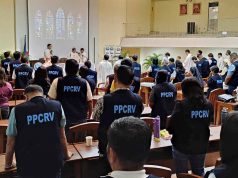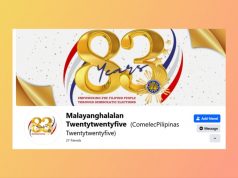
A concerned social media user called the attention of the Commission on Elections after seeing a zoomed-in photo that features oversized campaign material directed at voters of midterm elections in May.
The photo was originally intended to show the zooming capability of a smartphone brand’s built-in camera, but a Twitter user noticed that it was also able to show a series of oversized campaign billboards outside a mall.
Because of Huawei P30, nakuhanan ung mga oversized posters ni Sonny Angara @jabjimenez @commrguanzon @COMELEC https://t.co/XsWX3vLYhI
— JP Tanyag (@dumidyeypee) April 15, 2019
The COMELEC’s Resolution 10488 states that campaign posters should not exceed 2 x 3 feet and should only be displayed in authorized areas.
Such places, referred to as “common poster areas,” are usually in public plazas, markets or barangay centers designated by the election-governing body.
Campaign posters are also allowed to be displayed in private properties, provided the owner has given his consent.
Other areas not mentioned are deemed prohibited.
If a poster has been made at the expense of a private individual in his own instance and without the consultation of any candidate, the private individual is not restricted by the COMELEC’s size limitations.
Posting illegal campaign materials can merit one to be imprisoned for up to six years and be disqualified from public office, according to the Omnibus Election Code.
Supporters of the candidate who have violated the rule will suffer the same penalties as well.
The COMELEC in February 2019 announced that the public can report illegal campaign materials through social media with the hashtag “#SumbongSaCOMELEC.”









